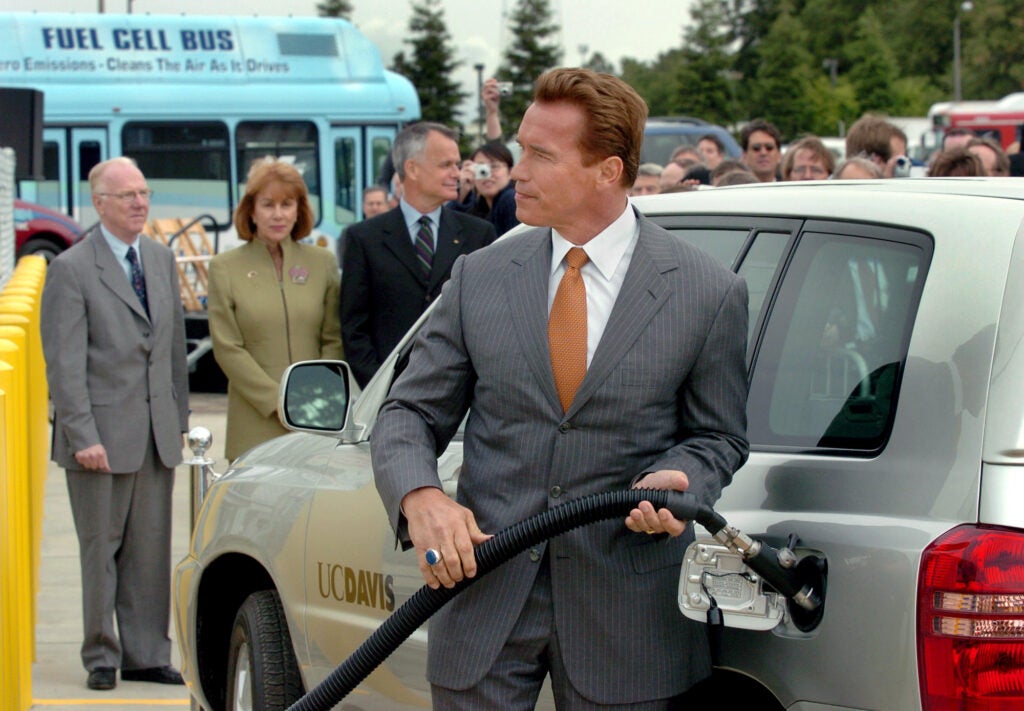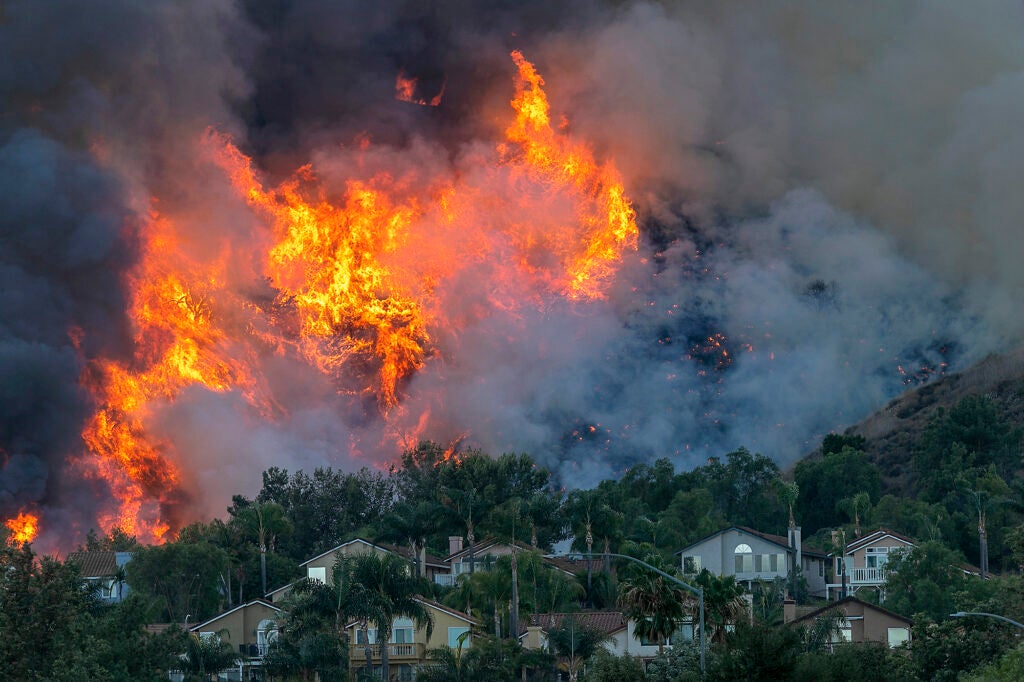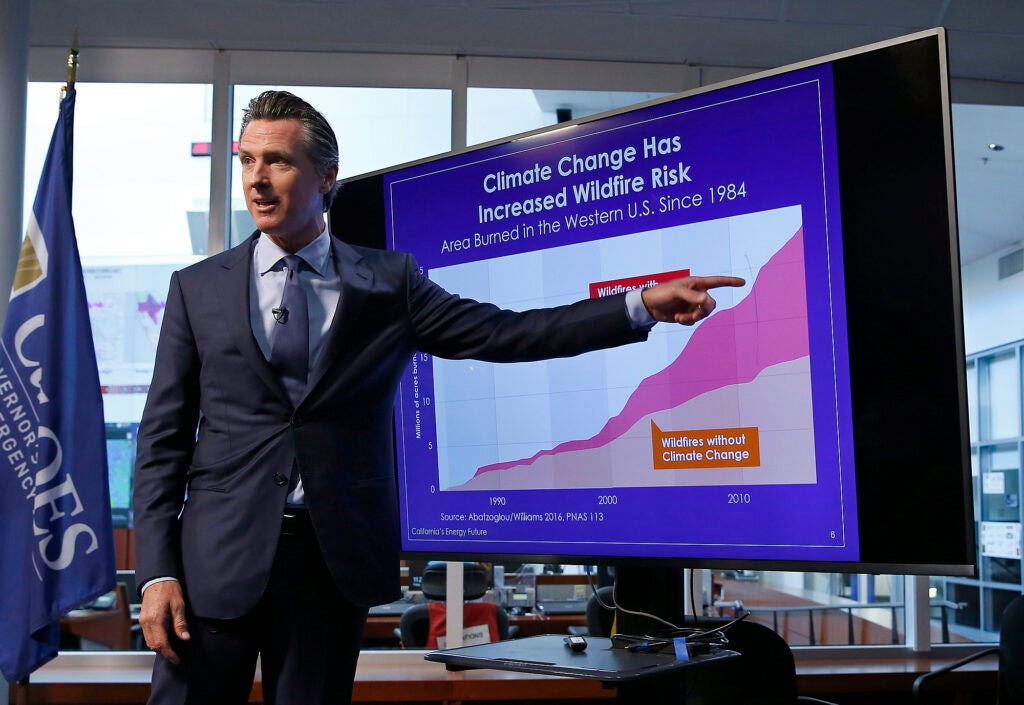When Will Governor Newsom Fix Schwarzenegger’s Low Carbon Fuel Standard?
California is sinking the vast majority of its $4 billion clean transportation program into combustion fuels every year. Make it make sense.
The California Air Resources Board recently adopted landmark regulations to get California’s trucks, cars, and locomotives to zero emissions because the agency has concluded it is the only path forward to clean our air and cut harmful climate pollution. The agency is now turning to revising California’s Low Carbon Fuel Standard, a juggernaut of an old climate program that provided $4 billion in support for “clean” transportation fuels last year alone. The stakes are high, especially in light of painfully deep cuts and delays to climate programs in Governor Newsom’s proposed budget.
Adopted in 2009, the Low Carbon Fuel Standard was a cornerstone of then Governor Schwarzenegger’s climate agenda. Here are some fun facts about what was also happening in 2009: the show Jersey Shore premiered that year. Sony sold 12 million floppy disks before discontinuing the product in 2010. Blackberries were on the ascent as a popular phone option. And California adopted the Low Carbon Fuel Standard to start reducing emissions from the transportation sector.

Gov. Arnold Schwarzenegger fuels a hydrogen fuel cell vehicle at an event on the University of California Davis campus in 2004. (Steve Yeater / AP)
At that time, we were experimenting with a lower-emissions future we believed might entail running our cars, trucks, and buses on fuels ranging from french fry grease to cow manure gas, to oil from crops like corn and soybeans. We now have 14 years of good information about what the future of truly clean transportation is: zero-emission, non-combustion fuels.
This means that the vast majority of what the Low Carbon Fuel Standard supports year in and year out — namely, burning fuels to power transportation — is not what we need. In fact, nearly 80% of the money in the program went to dirty combustible fuels instead of zero-emission fuels like electricity last year.
The California Air Resources Board is currently looking at ways to amend the program, but the tenor is not looking good. The agency is proposing a set of modest tweaks that would allow combustion to keep hogging California climate transportation incentives, which is not unlike rearranging the chairs on the Titanic. It’s never reassuring to hear about modest proposals from our environmental regulators while events like wildfire tornados, hurricanes hitting Southern California, and ocean waters as heated as hot tubs are top of mind.

Flames rise near homes during the Blue Ridge Fire on October 27, 2020 in Chino Hills, California. (David McNew / Getty Images)
The program may have been well-intended 14 years ago, before the consensus became clear that electrification, and not biofuels, is the key to cleaning up transportation pollution. But today, not only has the program proven to create incentives for the wrong fuels, but large corporate interests are vested in its operation. To see this, one need only look at the attendance lists for the LCFS workshops hosted by the California Air Resources Board. They are packed with the who’s who of climate grifters, squeezing out those who actually care about our climate and clean air in California.
You have the lobbyists for the folks destroying the Amazon rainforest in Brazil to sell biofuels from soybean oil. Representatives from major oil companies line up to speak. Factory farm operators show up in numbers, backed by methane gas company spokespeople. It’s a polluters’ paradise because these folks see dollar signs in this antiquated program. They are all asking for CARB to double down on their dirty combustion fuel of choice, and keep climate money flowing to polluting technology.
The LCFS program is so out of touch that recent research out of New York shows that California’s program is prompting the generation of climate pollution that wouldn’t otherwise be produced.
Conveniently, the solution to our air quality problems in California is also the solution to our climate crisis: shift our transportation sector to zero emissions vehicles (ZEVs). Newsom’s team helped establish the now global consensus with their path-breaking policies on ZEVs. Now, they can revise this dated climate program to make it consistent with California’s air quality planning and climate leadership. In fact, he could take the program further by providing credit multipliers for transit agencies, school districts, and other priority fleets, that deliver huge air pollution benefits.

Gov. Gavin Newsom points to a graph showing the increased in the risk to wildfires due to climate change during a news conference in Rancho Cordova, Calif. (Rich Pedroncelli / AP)
Adding an air pollution multiplier to provide more benefits to these public services and other priorities could funnel sorely needed incentives to public transit agencies, government fleets, and school districts to shift to zero emissions vehicles that carry many passengers at a time. That would be a win-win-win for our air, our climate, and public transit.
Just as we’ve moved on from Jersey Shore, floppy disks, and Blackberries, Governor Newsom has a chance to make a critical program contemporary and tailored to what Californians need. We recognize that the interests seeking to keep this combustion program anchored to disproven fuels are powerful and formidable. These corporate interests are loud and aggressive. They have dominated the discourse and kept the focus of this debate on combustion fuels that pad their profits. But, I hope Governor Newsom sees this as a moment to show he stands up for our lungs and our planet by bucking these entrenched interests.
One of California’s biggest climate programs is crying out for a major remodel. Only Governor Newsom can step in to make things right and bring balance back to the Low Carbon Fuel Standard.
The California Regional Office fights for the rights of all to a healthy environment regardless of where in the state they live; we fight to protect the magnificent natural spaces and wildlife found in California; and we fight to transition California to a zero-emissions future where cars, trucks, buildings, and power plants run on clean energy, not fossil fuels.
